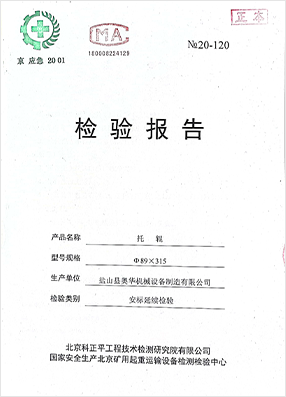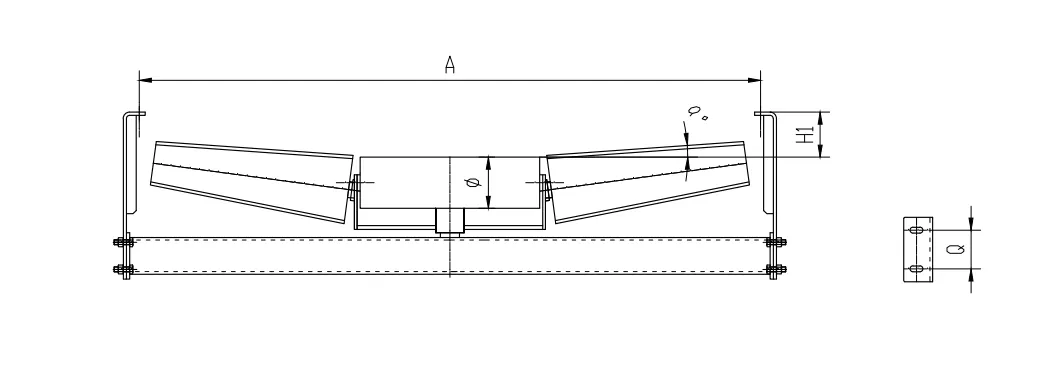 Afrikaans
Afrikaans  Albanian
Albanian  Amharic
Amharic  Arabic
Arabic  Armenian
Armenian  Azerbaijani
Azerbaijani  Basque
Basque  Belarusian
Belarusian  Bengali
Bengali  Bosnian
Bosnian  Bulgarian
Bulgarian  Catalan
Catalan  Cebuano
Cebuano  Corsican
Corsican  Croatian
Croatian  Czech
Czech  Danish
Danish  Dutch
Dutch  English
English  Esperanto
Esperanto  Estonian
Estonian  Finnish
Finnish  French
French  Frisian
Frisian  Galician
Galician  Georgian
Georgian  German
German  Greek
Greek  Gujarati
Gujarati  Haitian Creole
Haitian Creole  hausa
hausa  hawaiian
hawaiian  Hebrew
Hebrew  Hindi
Hindi  Miao
Miao  Hungarian
Hungarian  Icelandic
Icelandic  igbo
igbo  Indonesian
Indonesian  irish
irish  Italian
Italian  Japanese
Japanese  Javanese
Javanese  Kannada
Kannada  kazakh
kazakh  Khmer
Khmer  Rwandese
Rwandese  Korean
Korean  Kurdish
Kurdish  Kyrgyz
Kyrgyz  Lao
Lao  Latin
Latin  Latvian
Latvian  Lithuanian
Lithuanian  Luxembourgish
Luxembourgish  Macedonian
Macedonian  Malgashi
Malgashi  Malay
Malay  Malayalam
Malayalam  Maltese
Maltese  Maori
Maori  Marathi
Marathi  Mongolian
Mongolian  Myanmar
Myanmar  Nepali
Nepali  Norwegian
Norwegian  Norwegian
Norwegian  Occitan
Occitan  Pashto
Pashto  Persian
Persian  Polish
Polish  Portuguese
Portuguese  Punjabi
Punjabi  Romanian
Romanian  Russian
Russian  Samoan
Samoan  Scottish Gaelic
Scottish Gaelic  Serbian
Serbian  Sesotho
Sesotho  Shona
Shona  Sindhi
Sindhi  Sinhala
Sinhala  Slovak
Slovak  Slovenian
Slovenian  Somali
Somali  Spanish
Spanish  Sundanese
Sundanese  Swahili
Swahili  Swedish
Swedish  Tagalog
Tagalog  Tajik
Tajik  Tamil
Tamil  Tatar
Tatar  Telugu
Telugu  Thai
Thai  Turkish
Turkish  Turkmen
Turkmen  Ukrainian
Ukrainian  Urdu
Urdu  Uighur
Uighur  Uzbek
Uzbek  Vietnamese
Vietnamese  Welsh
Welsh  Bantu
Bantu  Yiddish
Yiddish  Yoruba
Yoruba  Zulu
Zulu Úno . 12, 2025 15:22
Back to list
Customized Roller
Conveyor belt rollers are a crucial component in material handling systems, and understanding their types can vastly improve the efficiency and safety of industrial applications. Though seemingly simple, the wrong selection can lead to increased wear, frequent downtime, and inflated operational costs.
Carrier rollers, the lifeline for the transport phase of materials, can differ based on the belt type. For example, trough-type carriers are used for bulk materials, adjusting to the conveyor's troughing angle. Flat-belt systems, conversely, employ flat carriers, necessitating knowledge in load distribution for maximizing conveyor efficiency and minimizing energy consumption. Guide rollers ensure the tracking of the conveyor belt stays true, preventing slippage and ensuring the belt aligns within the intended path. Poor tracking can lead to misalignment, affecting productivity and potentially causing untimely system failures. Guide roller adjustment is a nuanced task, demanding expertise in alignment techniques and regular system audits to maintain optimal function. Advanced material options and designs have evolved in response to specific industry needs, such as mining, automotive, and food processing. For instance, corrosion-resistant stainless steel rollers are favored in environments exposed to moisture, while self-cleaning rollers are indispensable in dusty, sticky materials handling scenarios. Investing in quality roller materials and innovative engineering solutions is non-negotiable for industrial environments where downtime equals significant financial loss. Partnering with roller manufacturers who demonstrate expertise in engineering and who can provide tailored solutions based on thorough system audits ensures both accuracy and trustworthiness in selection. The role of conveyor belt rollers extends beyond basic material transport; they are integral to a system’s safety, energy efficiency, and operational cost-effectiveness. An expert approach to roller selection and maintenance equips businesses with the tools needed for superior operational control, ultimately bolstering productivity while reducing energy consumption and maintenance costs. Prioritizing comprehensive strategies that encompass industry-specific analyses, advanced materials engineering, and a clear understanding of load dynamics ensures conveyor systems remain robust, efficient, and aligned with the complex demands of modern material handling.


Carrier rollers, the lifeline for the transport phase of materials, can differ based on the belt type. For example, trough-type carriers are used for bulk materials, adjusting to the conveyor's troughing angle. Flat-belt systems, conversely, employ flat carriers, necessitating knowledge in load distribution for maximizing conveyor efficiency and minimizing energy consumption. Guide rollers ensure the tracking of the conveyor belt stays true, preventing slippage and ensuring the belt aligns within the intended path. Poor tracking can lead to misalignment, affecting productivity and potentially causing untimely system failures. Guide roller adjustment is a nuanced task, demanding expertise in alignment techniques and regular system audits to maintain optimal function. Advanced material options and designs have evolved in response to specific industry needs, such as mining, automotive, and food processing. For instance, corrosion-resistant stainless steel rollers are favored in environments exposed to moisture, while self-cleaning rollers are indispensable in dusty, sticky materials handling scenarios. Investing in quality roller materials and innovative engineering solutions is non-negotiable for industrial environments where downtime equals significant financial loss. Partnering with roller manufacturers who demonstrate expertise in engineering and who can provide tailored solutions based on thorough system audits ensures both accuracy and trustworthiness in selection. The role of conveyor belt rollers extends beyond basic material transport; they are integral to a system’s safety, energy efficiency, and operational cost-effectiveness. An expert approach to roller selection and maintenance equips businesses with the tools needed for superior operational control, ultimately bolstering productivity while reducing energy consumption and maintenance costs. Prioritizing comprehensive strategies that encompass industry-specific analyses, advanced materials engineering, and a clear understanding of load dynamics ensures conveyor systems remain robust, efficient, and aligned with the complex demands of modern material handling.
Next:
Latest news
-
The Unrivaled Performance of Polyurethane Pulleys in Industrial ApplicationsNewsAug.25,2025
-
The Critical Role of Drum Lagging in Conveyor SystemsNewsAug.25,2025
-
Navigating Industrial Efficiency: The Critical Role of Conveyor PulleysNewsAug.25,2025
-
InIntroduction to Advanced Pulley Lagging SolutionsNewsAug.25,2025
-
Industry Trends in Pulley Lagging TechnologyNewsAug.25,2025
-
Revolutionizing Conveyor Reliability with Advanced Rubber Lagging PulleysNewsJul.22,2025
OUR PRODUCTS





























